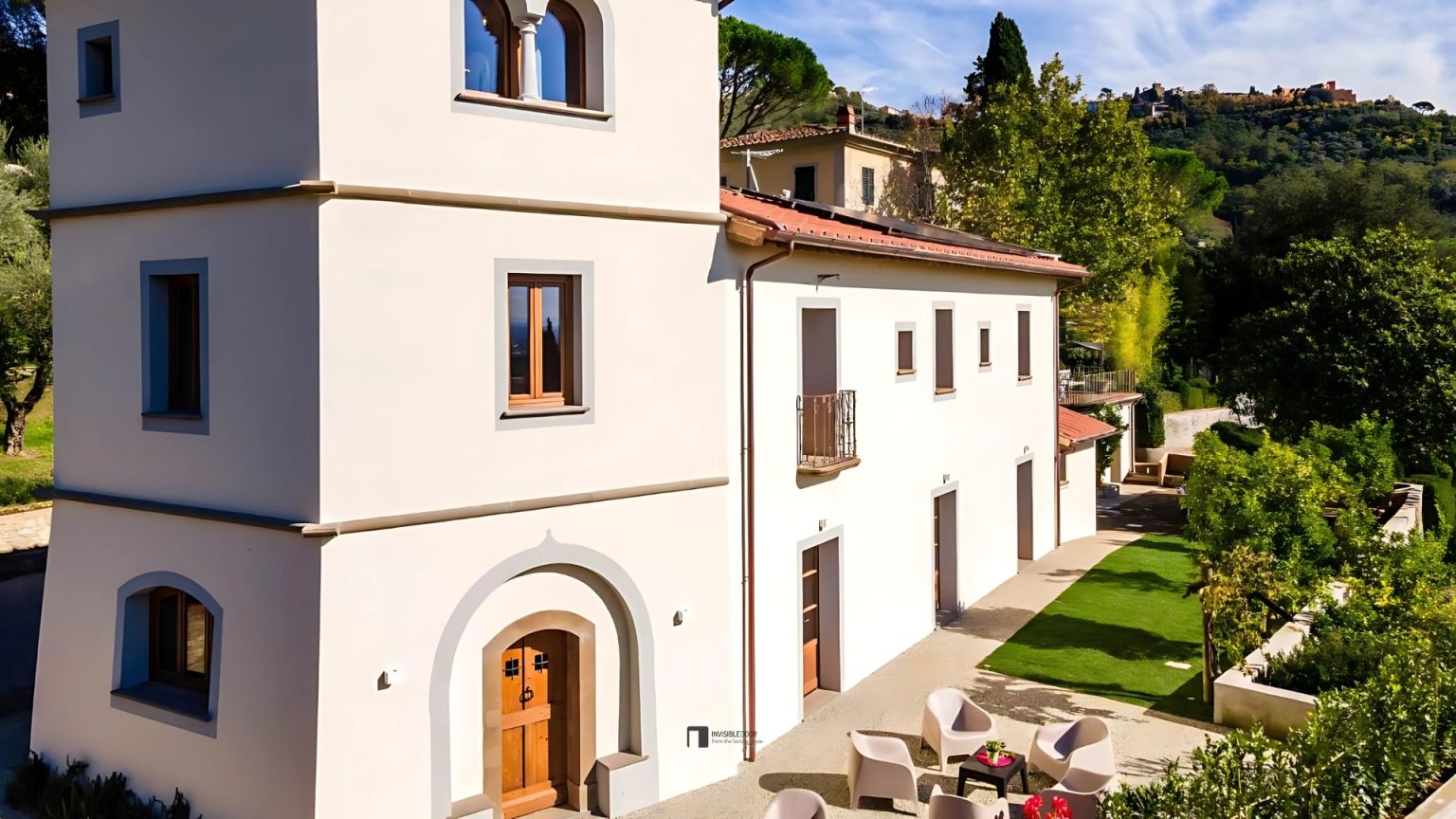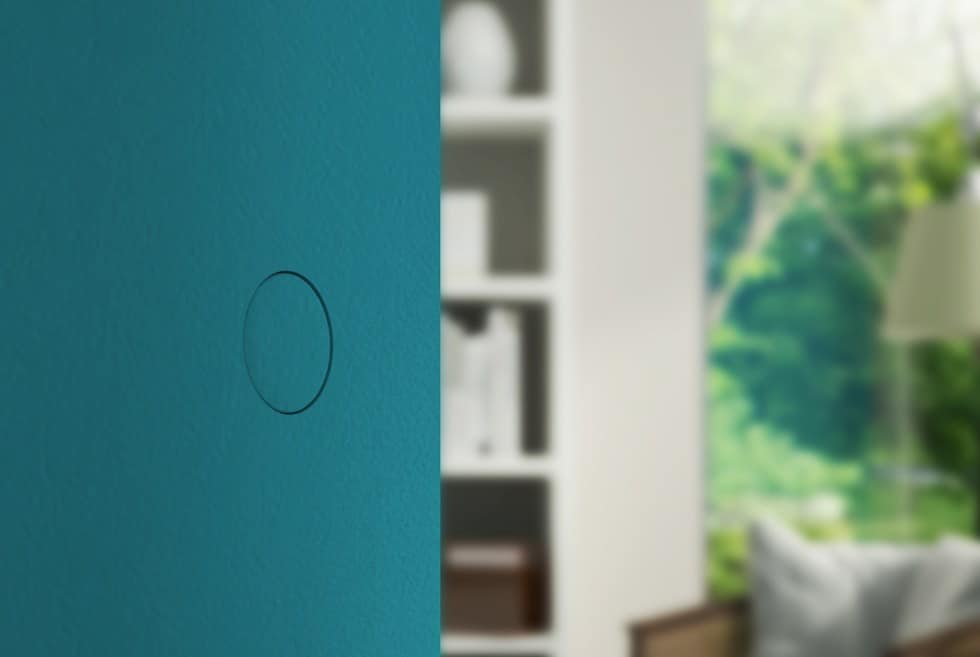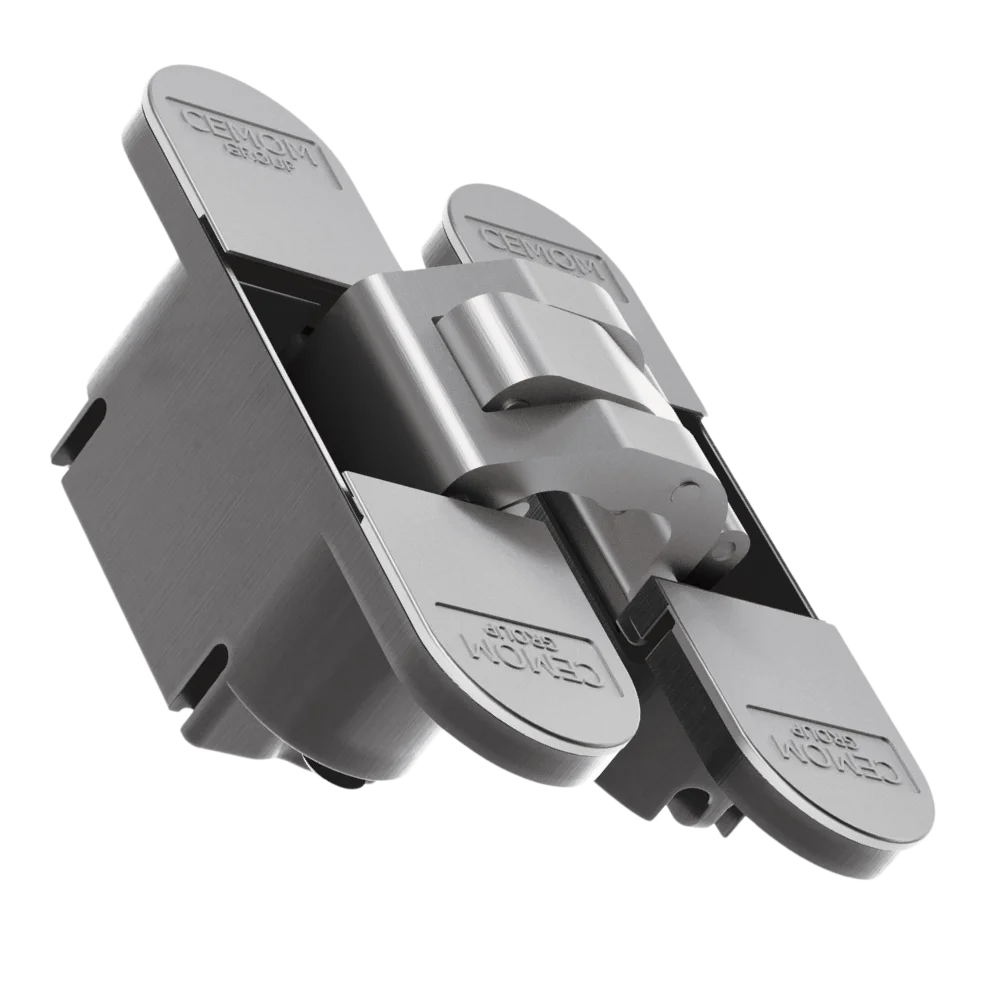
Optimizing Spaces in Hospitality Structures 🛎️ with Flush Doors
In this B&B our flush doors have helped optimize these spaces, creating invisible solutions that hide technical areas and improve

Would you like to add the seamless continuity of an invisible door to the design of your home? Flush-to-the-wall doors respond to this very need thanks to their unique features. Designed to eliminate any type of protrusion from the housing wall, handless-flush-to-the-wall doors have no frame or casing. This ensures a perfect esthetic and tactile homogeneity when they are closed, an ideal solution if you want to hide an opening or cover a recess or compartment in the wall. But they are also a design concept: you can paint doors and walls the same color or cover them with the same wallpaper, to enhance the mimesis. Or use decorations and contrasting colors, for effective combinations.
Flush-to-the-wall doors can be hinged or sliding. The seamlessness of the closure is preserved in both cases thanks to special adjustable hinges and the invisible mechanism inside the wall. Of course, if you wish to achieve the impression of a completely flat, continuous wall, your best choice is a handleless flush-to-the-wall door. Rather, it will be a flush-to-the-wall-door with an apparently invisible handle that functions with a push/pull mechanism. If your choice of a flush-to-the-wall door is not conditioned by the need for total invisibility, nothing prevents you from installing a traditional handle.
Aside from handleless flush-to-the-wall doors, you can also create invisible recesses in the wall thanks to flush-to-the-wall panels. The aim may be that of hiding a safe or concealing objects or meters, for esthetical or safety reasons. In this case, too, the absence of a handle is a precious bonus. Combined with the panel’s alignment to the wall, it makes for its perfect concealment when it is closed. Handleless flush-to-the-wall panels can be easily accessed thanks to a push/pull mechanism and are a much sought-after solution in contemporary design. Hiding panels and objects from view helps preserve the formal elegance of a room.

In this B&B our flush doors have helped optimize these spaces, creating invisible solutions that hide technical areas and improve

Resistance is a distinguishing feature of InvisibleDoor doors. Thanks to the 53mm panel, all models guarantee durability and stability in

You can install an InvisibleDoor door yourself. In fact, the quality of the door itself and the fact that it

Choosing the right hinges is of the utmost importance when installing a door. As the style and functionality of a
customer service